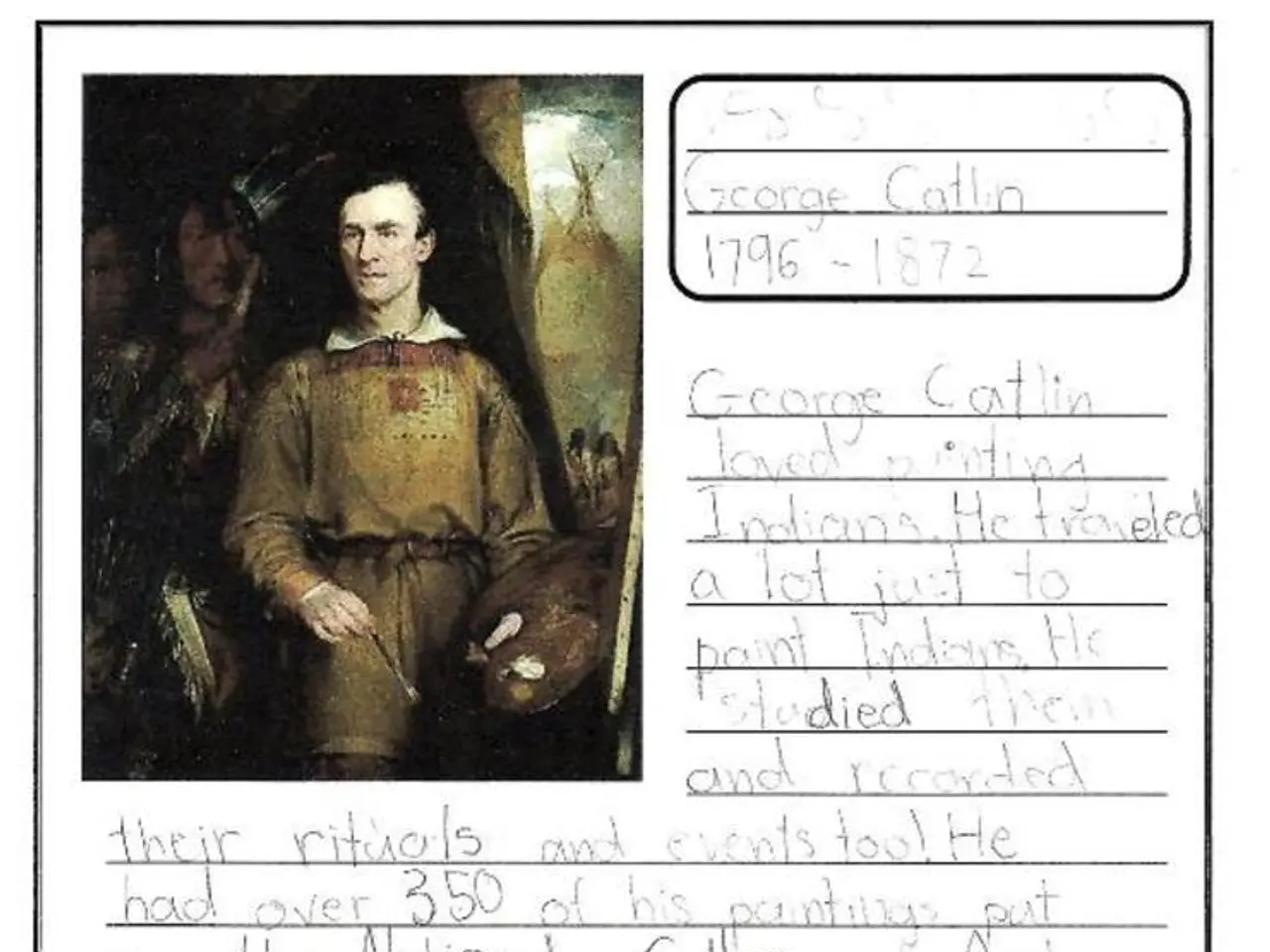Mythological Perspectives on the Human Anatomy Across the Globe
In the realm of ancient Greek mythology, the origins of humans are intricately connected to the Earth itself, symbolising strength and endurance. This intriguing narrative is beautifully depicted in the myth of Deucalion and Pyrrha, survivors of a great flood sent by Zeus to mark the end of the Bronze Age.
After the cataclysmic event, the oracle of Themis instructed Deucalion and Pyrrha to repopulate the Earth. They interpreted "mother" as Gaia, the Earth, and "bones" as stones. In a fascinating twist, when they threw the stones behind them, they transformed into humans. Deucalion's stones became men, while Pyrrha's stones became women. The soft and moist parts of the stones became skin, the veins in the stones became veins in people, and the hardest parts became bones, symbolising the human body's origin from the Earth itself [1].
Another related legend suggests that humans were originally created with four arms, four legs, and two faces on one head. Fearing their power, Zeus split them into two beings, thus explaining the human need for companionship and the origin of male-female pairs [3].
These myths illustrate themes of creation from the Earth and transformation, reflecting ancient Greek attempts to explain human existence and physical form through divine intervention and symbolism related to nature and the gods. The legend of Deucalion and Pyrrha, in particular, associates the human body with the Earth, reinforcing the idea that humans retain strength and endurance from their lithic origin.
The human body, a complex mechanism, is both familiar and strange, serving as an inseparable companion. It carries and perpetuates life, imposing its desires, needs, and limits. Age, diseases, and lifestyles can impose metamorphoses on the human body, making it seem to live its own life.
Moreover, in many legends worldwide, the Earth provides the raw material for the human body. It is necessary to tame the fragility of the human body, understanding its complex relationship with the will and consciousness. The human body, in all its wonder and mystery, remains a testament to the power and resilience of life.
References: [1] Hesiod, Works and Days, lines 106-134. [2] Apollodorus, Library, Book 1, Section 7.2. [3] Ovid, Metamorphoses, Book 1.214-220.
- The legend of Deucalion and Pyrrha, with its symbolism of human origin from the Earth, resonates with contemporary fields such as science, health-and-wellness, and mental-health, where understanding our physical form remains a crucial pursuit.
- As we delve into fitness-and-exercise, we strive to tap into the primal strength and endurance symbolized in ancient Greek mythology, drawing inspiration from the Silver Age poet Hesiod's depiction of humans evolving from the Earth.
- Aging, being a continual transformation, mirrors the metamorphoses in the myth of Deucalion and Pyrrha; it underscores the resilience and adaptability that lies in our lithic origin, serving as a reminder that, like the human body, life itself is a testament to the power and endurance of the Earth.




